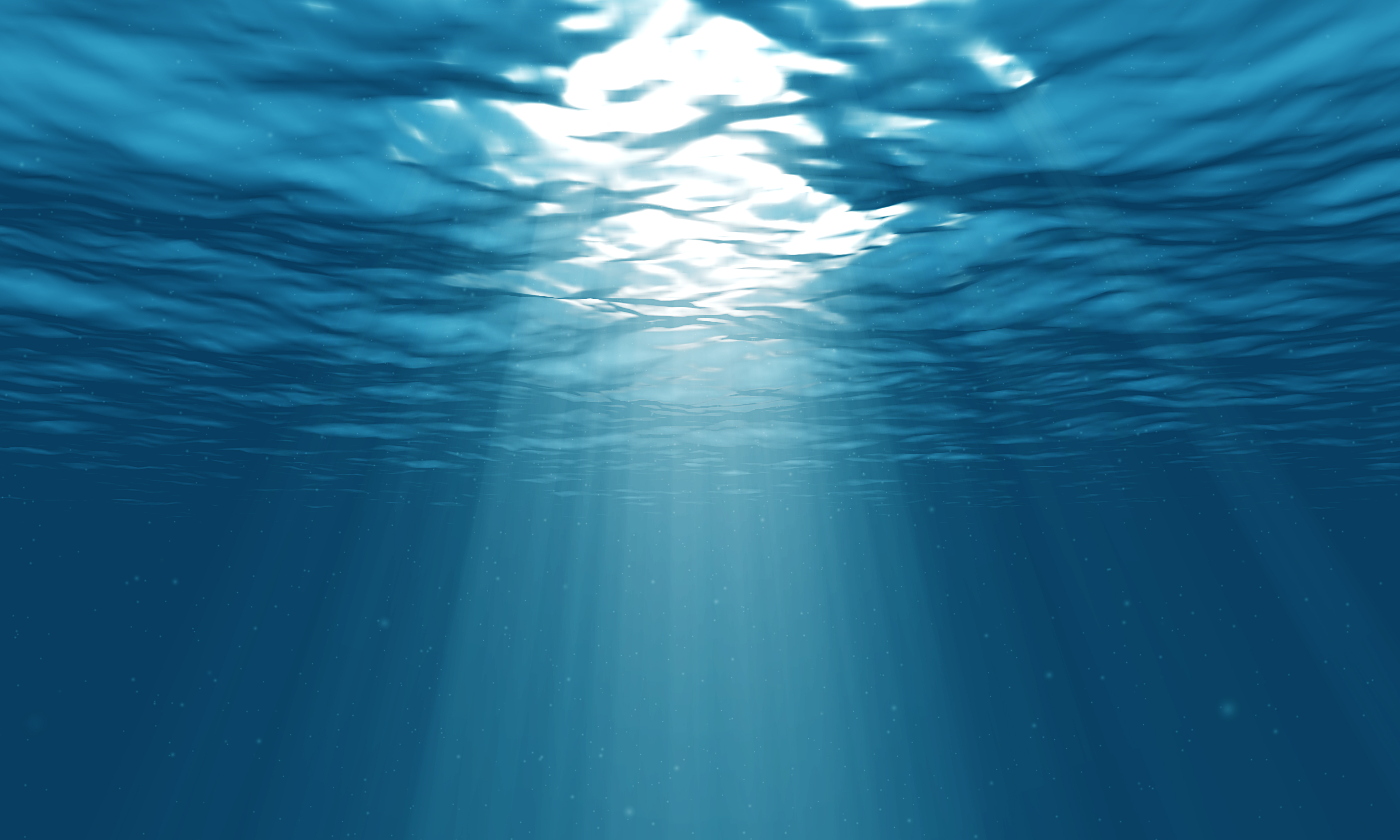
Scientific Research projects and underwater archaeology
Underwater environments and human physiology are to some extent inconvenient for human exploration of the underwater world, and the emergence and development of underwater robots can solve these problems.
The advantages of underwater robots in the field of hydraulic facility inspection

Risk reduction
Underwater vehicles can replace personnel in complex and changing underwater environments to ensure their safety.

Cost savings
Underwater vehicles replace divers and can significantly reduce the cost in time and money.

Improving efficiency
Underwater vehicles can operate continuously without rest, greatly increasing inspection efficiency.

Stable and reliable
The SeaRobotix underwater vehicle has been developed and used over a long period of time for stability, convenience and reliability.
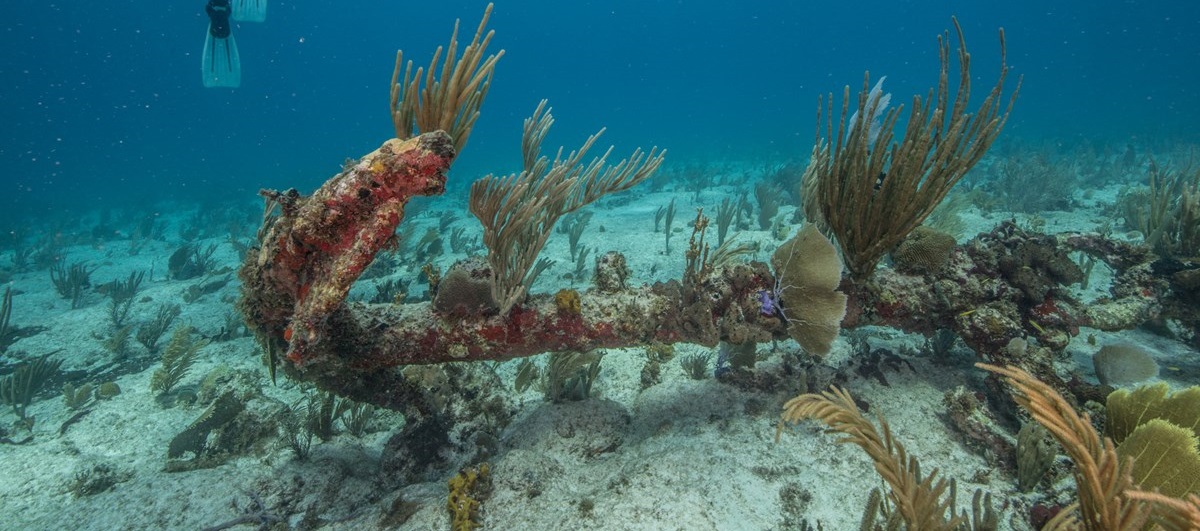
Application examples
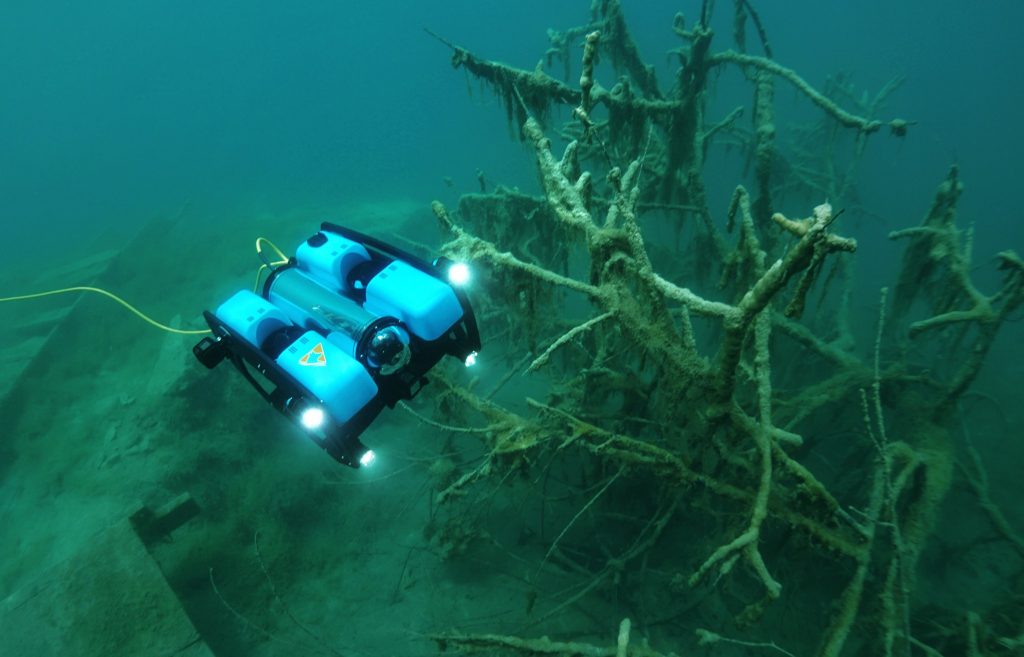
University of Montana uses BlueROV2 for underwater research project
BlueROV2 is being used by the University of Montana to study how plankton interact with thermocline (the layer of water within a large body of water, such as an ocean or lake marsh, where water temperature changes rapidly in the vertical direction) in various freshwater systems within the continent.
An applied research association was doing research when the water suddenly caught fire!
An applied research association was using BlueROV2 to do oil spill testing when the water surface suddenly caught fire. This ROV is equipped with an ultrasonic sensor to measure the thickness of burning oil on the water surface, which guarantees the safety of personnel.
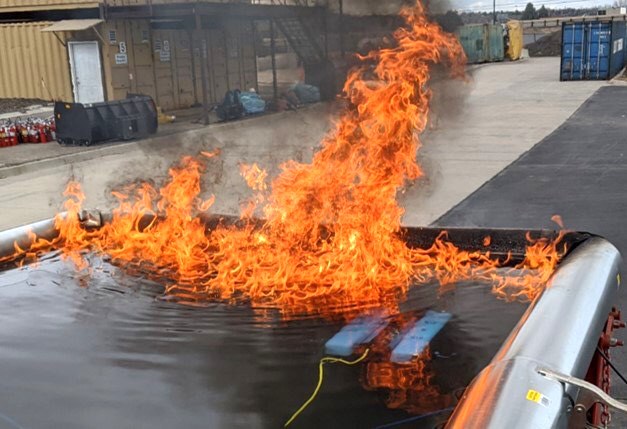
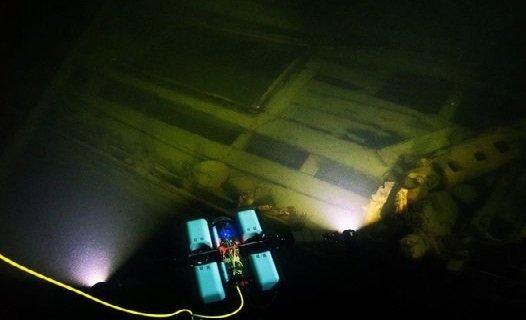
BlueROV2 used to record archaeological site of submarine shipwreck
Bodekull, also known as the Dalarö wreck, is one of the best preserved 17th century shipwrecks in the world.Bodekull sank near the Stockholm archipelago in October 1678. The 20-meter-long wreck was discovered in 2003 with six gun ports, two masts still standing, and many other items, including pottery, glass bottles, tools, and hand-held weapons, among others. dykcharter vrakdykning used BlueROV2 to document the marine archaeologist's dive at the wreck site.